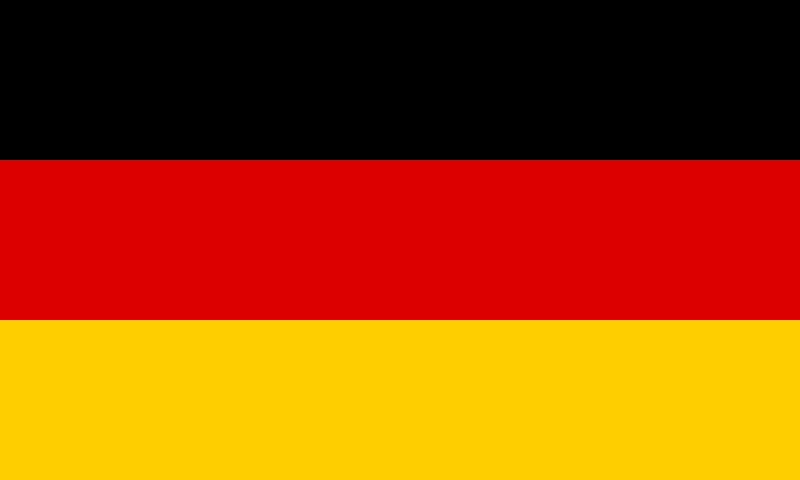German flag Colors Code hex, png svg
The German flag has undergone several transformations throughout history, with each version reflecting different periods and ideologies of Germany.
Historical Development
- Holy Roman Empire (up to 1806):
- The colors of the Holy Roman Empire were black and gold, which were derived from the imperial coat of arms.
- 1813-1815 (Napoleonic Wars):
- The colors black, red, and gold were used by the Lützow Free Corps, a volunteer unit fighting against Napoleon. These colors symbolized the struggle for freedom and unity.
- 1848 Revolutions:
- During the revolutions of 1848, the Frankfurt Parliament adopted the black-red-gold tricolor as the national colors, representing a united and democratic Germany.
- German Empire (1871-1918):
- The German Empire used a black-white-red tricolor. The black and white came from the Prussian colors, and the red was added to represent the Hanseatic cities and commercial interests.
- Weimar Republic (1919-1933):
- The Weimar Republic reinstated the black-red-gold tricolor, symbolizing democracy and republicanism.
- Nazi Germany (1933-1945):
- The Nazi regime replaced the Weimar flag with the swastika flag. The black-red-white tricolor was also used as a secondary flag until 1935.
- Post-World War II and Division:
- After World War II, Germany was divided into East and West. West Germany (Federal Republic of Germany) adopted the black-red-gold tricolor, while East Germany (German Democratic Republic) initially used the same flag until 1959, when they added the national emblem (hammer and compass within a ring of rye) to differentiate themselves from the West.
- Reunification (1990-Present):
- Following the reunification of Germany in 1990, the black-red-gold tricolor was adopted as the official flag of the unified Germany.
Colors and Their Meanings
- Black: Historically, black has been associated with Prussia, the leading state in the unification of Germany. It also represents the dark times and oppression faced by the German people.
- Red: Red symbolizes the Hanseatic League and the commercial interest of German states. It is also a color of revolution and the fight for freedom.
- Gold (Yellow): Gold stands for the Holy Roman Empire and the sovereignty of the German states. It also symbolizes the bright future and prosperity.
Modern Interpretation
Today, the black-red-gold tricolor is a symbol of German unity, democracy, and freedom. The flag represents the country’s commitment to democratic principles and human rights.
Guess the Flags Quiz
Sharing is caring 🤗

National Symbols 👇
- 🏁 National Flags
- 🦁 National Animals
- 🐦 National Birds
- 🌻 National Flowers
- 🌴 National Trees
- 🥭 National Fruits
- 🍹 National Drinks
- 👴 National Founders
- ☘️ National Emblems
- 🍲 National Dishes
- 🏛️ National Monuments
- ✍️ National Poets
- 🕌 National Mausoleums
- 🎺 National Instruments
- 🦸 National Heroes
- 📆 National Days

